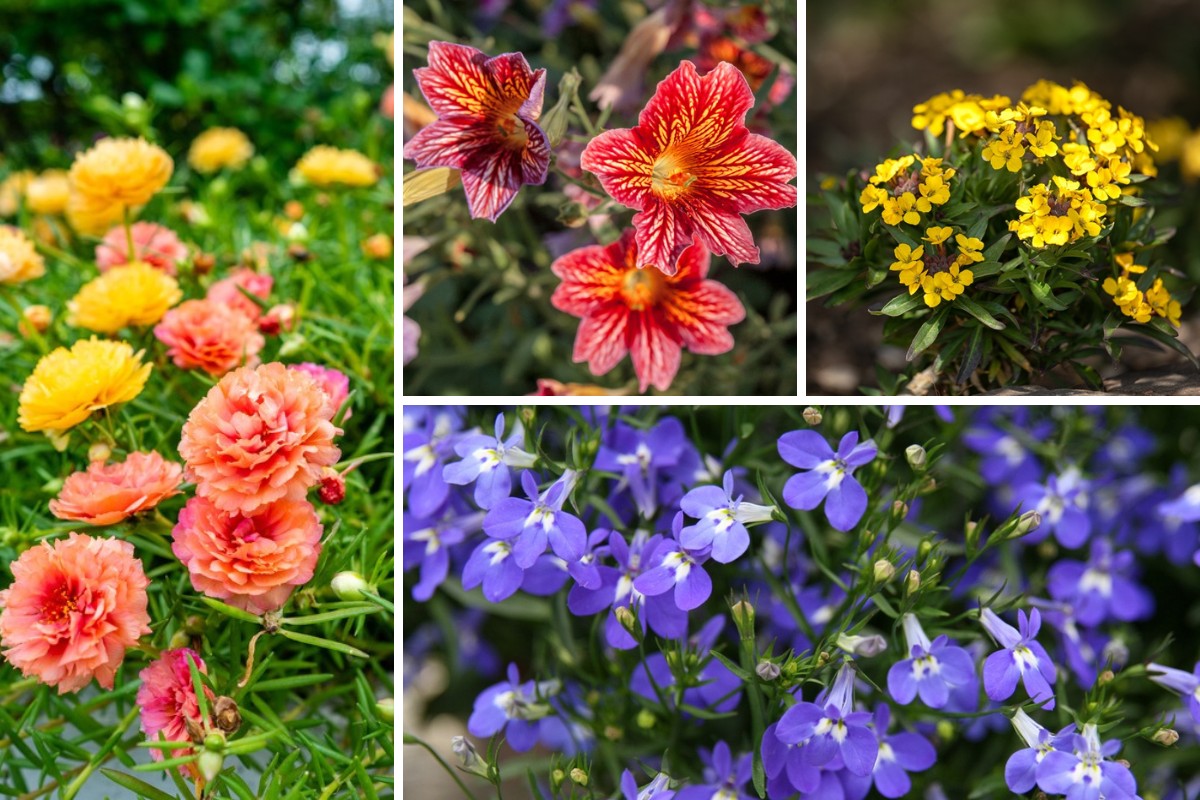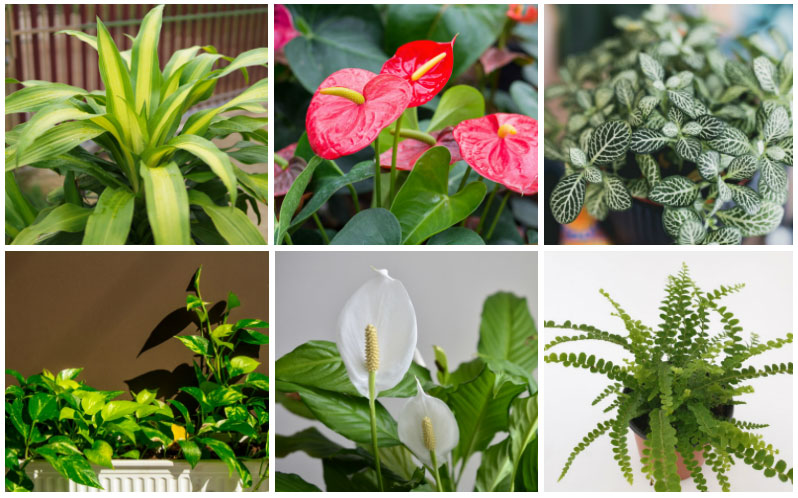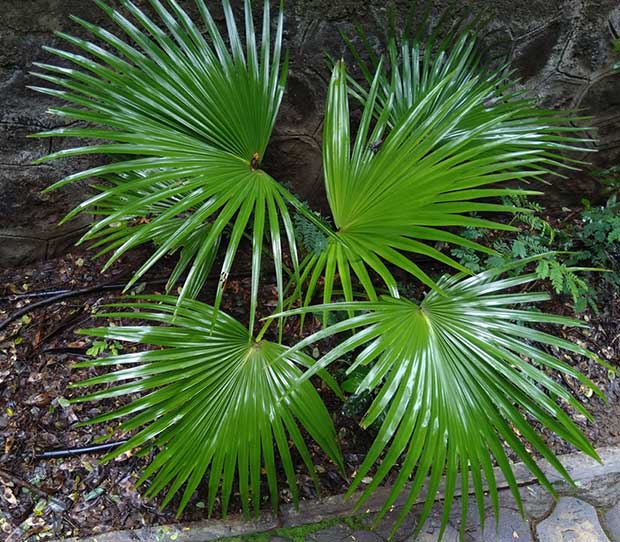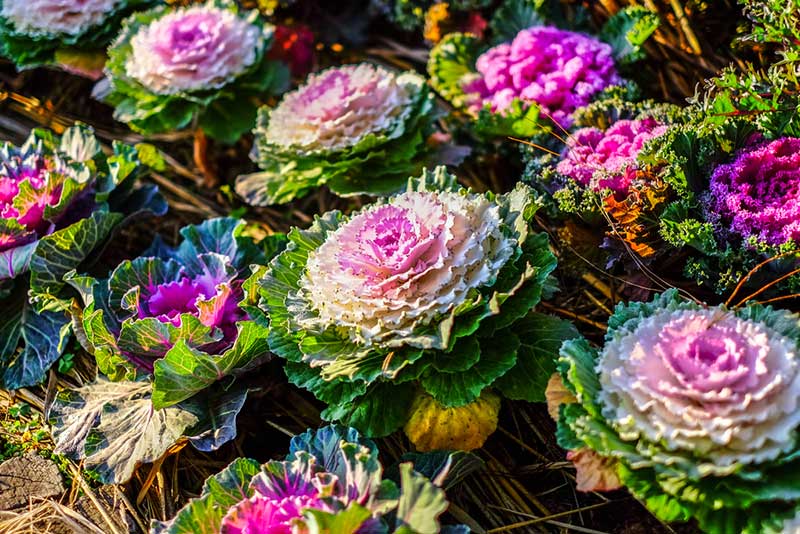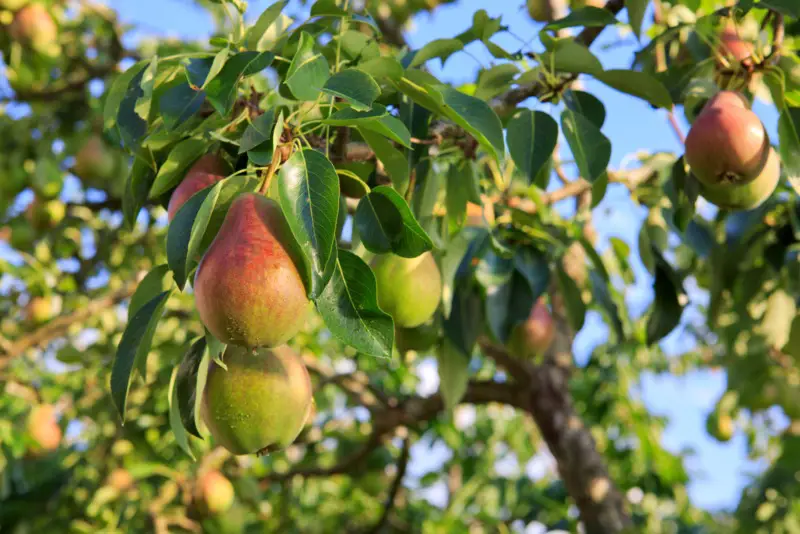
What tastes better than fresh-picked fruit from your garden? Growing fruit also allows you to put up a bunch to feed your family during the colder months when very little grows.
Like other plants, it is essential to know your growing zone, and which varieties grow best in your area. You also need to know what you need to do to take care of your fruit plants.
Some fruit grows beautifully on the ground, while others need something to climb on. Here are some of the easiest fruits to grow in a shady spot in your garden.
Blackberries
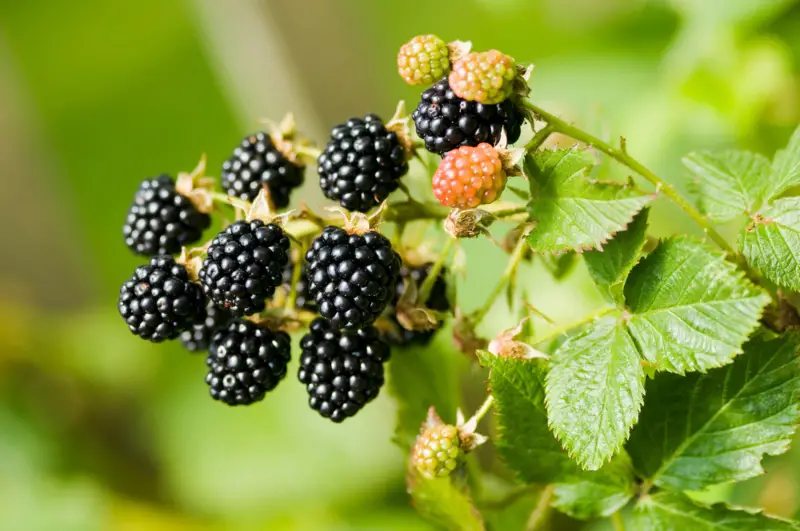
Blackberries grow well in zones 5 to 9. You can find bush erect blueberry plants and those that grow on a vine. Enrich the soil with some organic matter before planting your seeds. You should always put a thick layer of mulch around your blackberry plants to conserve moisture. Pruning your erect plants mid-summer keeps them from bolting. You should remove old canes after your blackberries are done growing, and lateral branches should be pruned back to between 18-and-24 inches long.
Raspberries
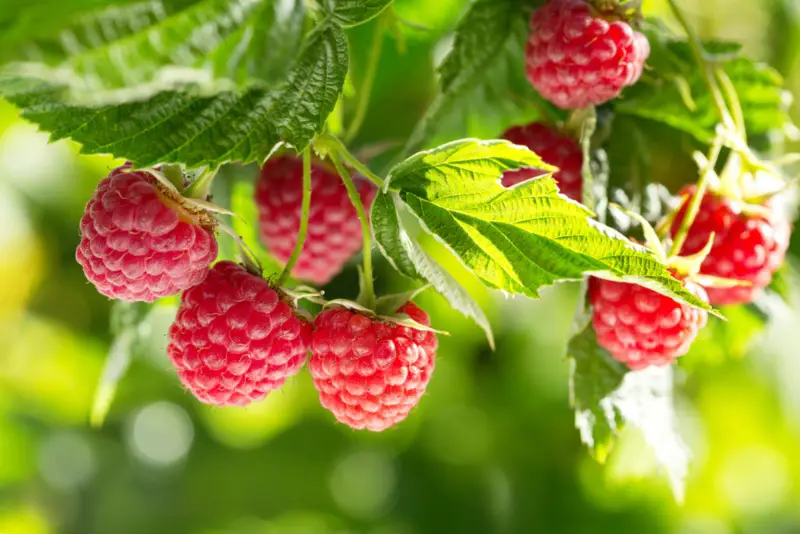
Raspberry plants thrive in growing zones 4 to 8. Consider planting a mixture of summer-bearing and ever-bearing canes so that you can harvest raspberries over a longer time. It takes a full year before you will be able to harvest your first berries. Keep a layer of mulch around your plants to conserve moisture. Give these plants a slow soaking watering once a week as they need about 1-inch of water weekly. Prune raspberries in the early spring to about 12 inches above the ground.
Pears

Most pears will grow in zones 4 to 8, but you can find options that grow in zone 3, 9 and 10. Plant your pear tree in a place with good soil that drains well. You may have to wait up to 10 years for your tree to bear its first fruit. These trees will not self-pollinate, so you need to plant at least two trees. Pear trees need to be pruned annually, usually in the summer, to open them up so that the pears can get enough sunlight to ripen.
Plums
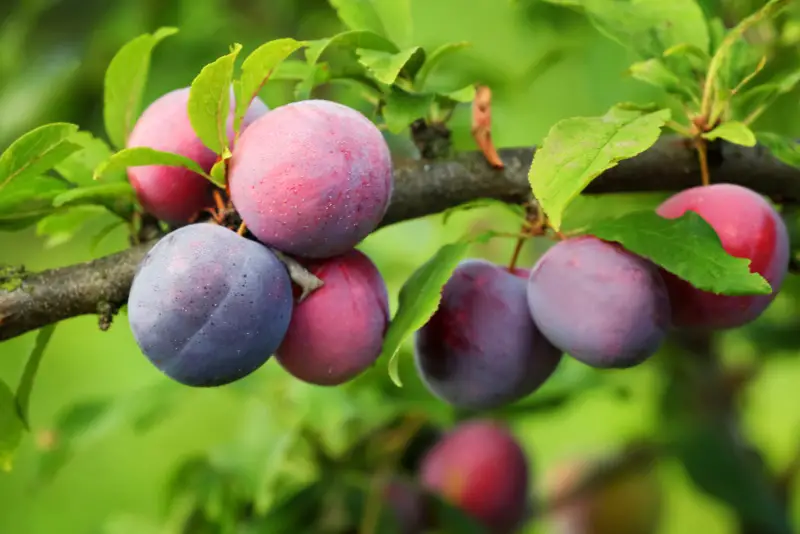
Plant American hybrid plum trees in the north and Japanese hybrids in the south, and you can grow plums in zones 3 to 8. Apply one pound of organic fertilizer to your tree in the first and second year. You should also give them calcium nitrate in March and August. Remove dead wood and trim your pear tree back to just above the first bud in the spring.
Blackcurrants
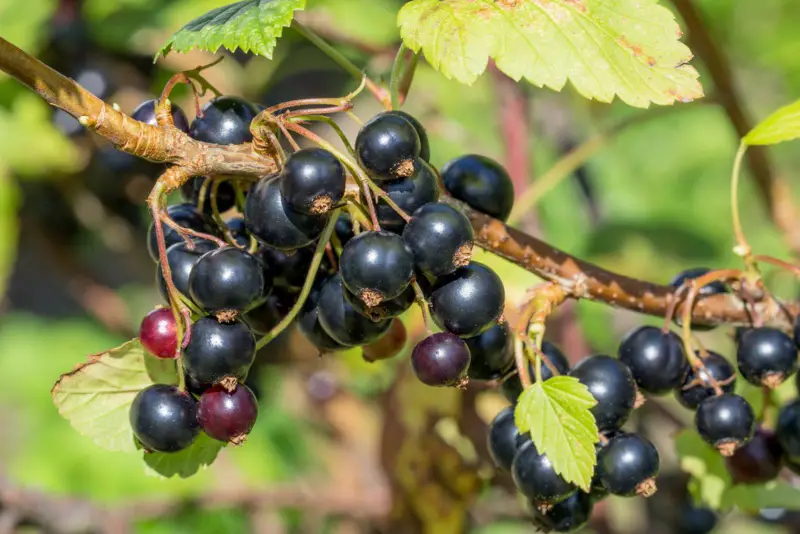
Blackcurrants can be grown from zones 4 to 9. It may take up to three years to harvest your first crop. Plant blackcurrant canes in the early spring and apply 1 inch of organic matter. Prune them back to about 5-inches above the ground every spring. Put down new mulch every spring to help the ground conserve water. Be sure to watch for powdery mildew signs and treat as needed to enjoy a bountiful harvest in late summer.
Kiwi
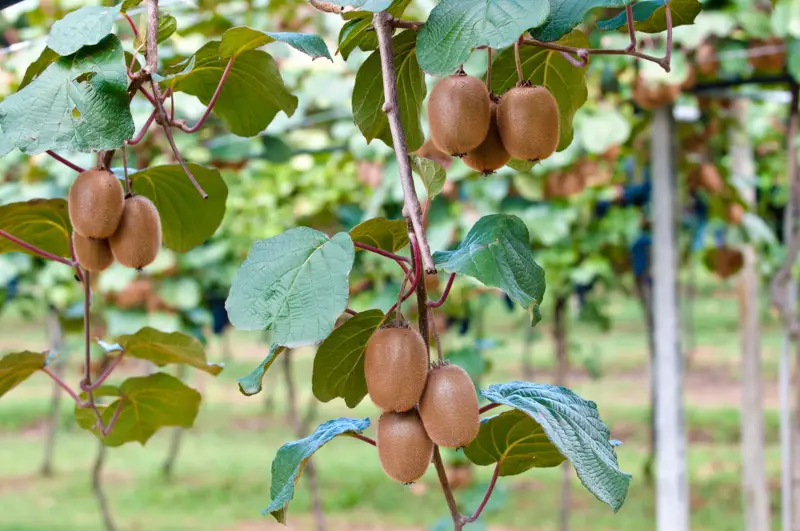
Traditional kiwis can be grown in zones 7 and 8. If you live in zones 4 to 7, then Actinidia arguta species, often called hardy kiwis, make a better choice. Each kiwi vine can be up to 30-feet long and 10-feet wide. They need something to grow on, like a fence or trellis. Plant kiwis in acidic soils. Prune your kiwis in the winter and the summer.
Gooseberry
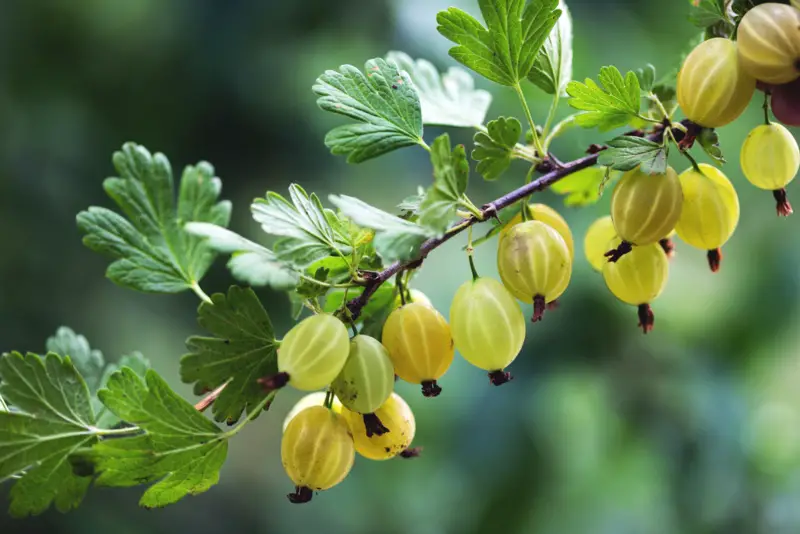
Gooseberries grow well in zones 3 to 8 if the afternoon sun does not get too hot. Pick a site with good airflow to eliminate many common problems with growing gooseberries. American cultivators have fewer issues than European choices. This plant has very shallow roots, so you must regularly water it. Harvest your fruit in the summer when you can gently squeeze it between two fingers.
Juneberry
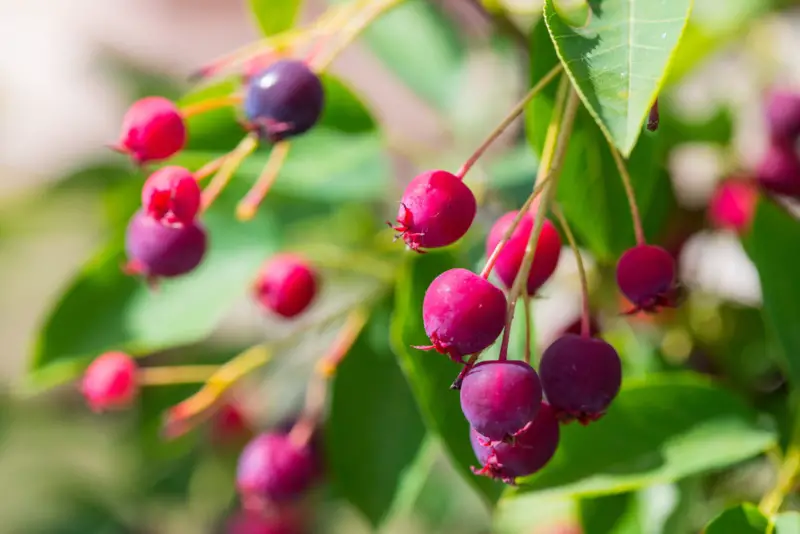
Juneberries are one of the easiest fruits to grow in zones 4 to 9. These plants will thrive in various growing conditions, including damp areas, if they do not have to stand in water. Since they bloom in the very early spring, choose a site with some protection from late frosts. Fertilize them in the early spring and mulch them well. Juneberries will only grow on new wood, so prune your plants in late winter.

